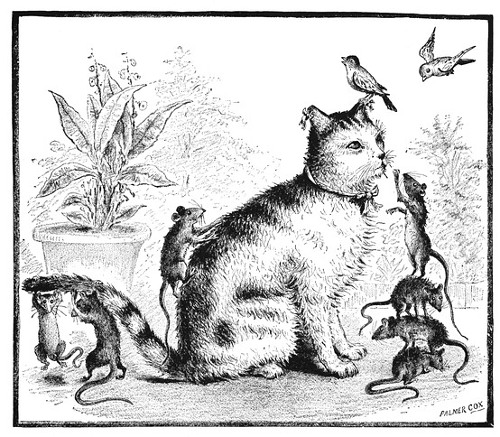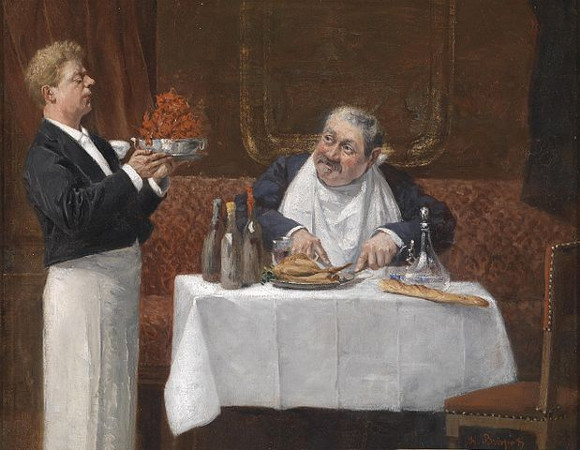Large as the English word-stock is, it is not perfect. There are a number of situations which other languages have a single word for, but which English must express by circumlocution. Some of these were described by Dmitri Borgmann in the February 1970 Word Ways. For example, the English phrase ONE AND ONE HALF is succinctly described by Polish POLTORA, German ANDERTHALB or Latin SESQUIALTER. (In fact the Polish even have the word POLOSMA for SEVEN AND ONE HALF!) Similarly, English THE DAY BEFORE YESTERDAY is more compactly expressed by German VORGESTERN or Spanish ANTEAYER, and English THE DAY AFTER TOMORROW by German UBERMORGEN, Italian DOPODOMANI or Polish POJUTRZE. To express relationships, German uses GESCHWISTER for BROTHERS AND SISTERS, Polish uses STRYJ for the paternal uncle and WUJ for the maternal uncle, and SZWAGROSTWO for one’s husband’s brother and his wife.
— A. Ross Eckler, “English: Best For(e)play With Words,” Word Ways, August 2008




